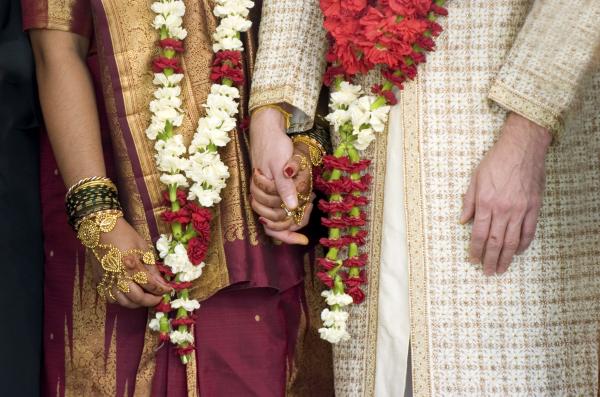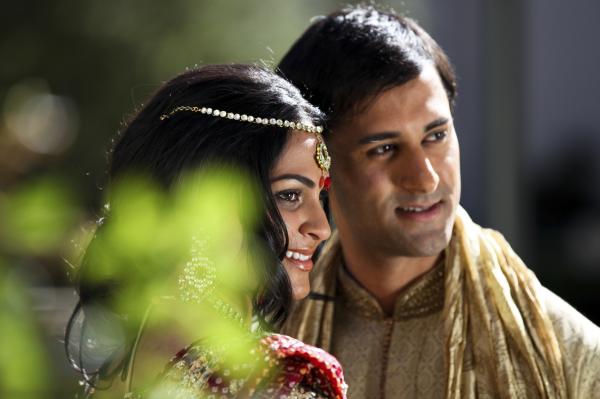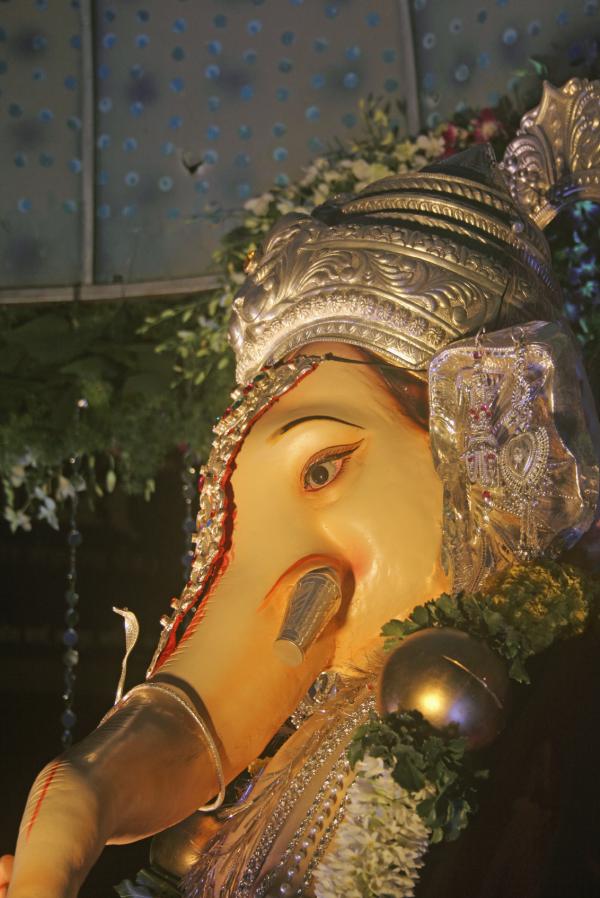
A Bindi is a colored dot Indian men and women place on their forehead. Its origins date back to centuries ago in India, but it has lost its significance in recent times. Today, it is mostly worn by Indians as an accessory only, that too only on religious and cultural occasions. Here at OneHowTo.com, we are going to tell you about the significance of a bindi on your forehead.
Spiritual significance of a bindi
A bindi represents a divine sight, representing a third spiritual eye that can see things that real eyes cannot. Hindus practice yoga to awaken an inner sight, and a bindi on the forehead reminds them to cultivate this vision and see things from their mind’s eye. Whenever a person sees a bindi on another person’s forehead, he recalls the purpose of his life and remains dedicated towards achieving the supreme goal of self-realization.

Marital significance of a bindi
A red bindi on the middle of the forehead of a woman is considered as a sign of marriage. Unmarried girls are asked to wear a black bindi to ward off any evil eye, but a black bindi worn by a married woman is considered as inauspicious. A black bindi is also worn by a widow to show that she is no longer involved in the institution of marriage. A red bindi on a married woman’s forehead grants her a position as the guardian of her family’s progeny and welfare.

Social significance of a bindi
Indians use bindis to categorize people in groups as well. Apart from categorizing married women and unmarried girls separately, a bindi is also used to make a difference between the 4 major castes of Indian society. Brahmins who are academicians and priests wear a white sandalwood bindi to signify purity. A red bindi signifies valor and is often worn by Khatriyas who are kings, warriors and administrators. Vaishyas or businessmen wear a yellow mark to signify prosperity, while the service class or Sudras wear a black bindi to represent their service to other upper classes. Nowadays, bindis are also chosen according to face shape and fashion trends.

Medical significance of a bindi
In medical terms, a bindi is worn in the middle of the eyebrows, the point where the pineal gland lies. It is a major nerve center of human body. When ash or sandalwood is applied on this point, it helps in keeping the nerves cool and conserving energy. In addition to these, a bindi can also be made of red and yellow sandalwood, yellow and red turmeric, ash, saffron, flowers, zinc oxide etc. All these materials have cooling properties, that keep the wearer cool and full of energy. However, the bindis available today that are pasted on the skin do not benefit the wearer in any way.
Religious significance of a bindi
In Indian societies, Vaishnavas apply red colored V-shape bindi with an I in white inside. This shows that they are the worshippers of Lord Vishnu. Followers of God Shiva apply ash colored powder horizontally on their forehead in three lines.
if you want to know more about Indian culture, take a look at the following articles:
- Interesting traditions of Indian Wedding

If you want to read similar articles to Significance of a Bindi on Your Forehead, we recommend you visit our Culture & Society category.